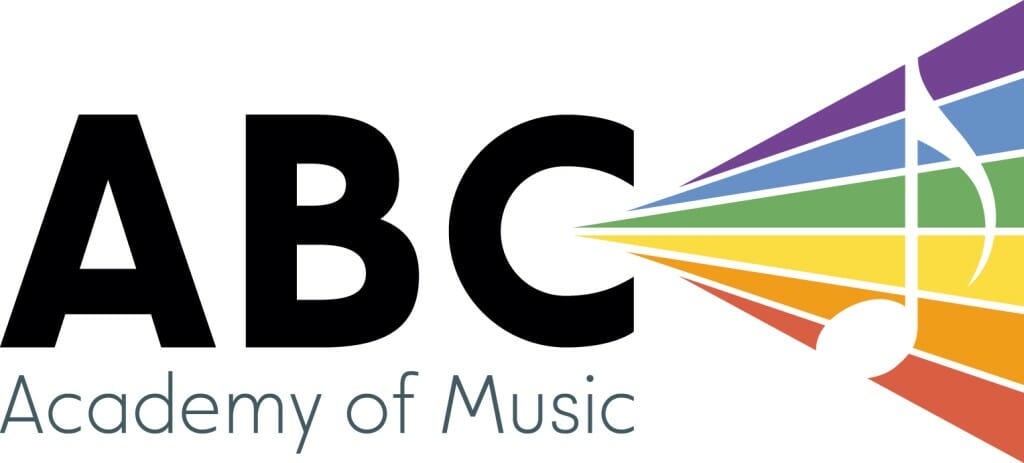Vibrato Exercise
- wrist should never be higher than rest of arm
- focus in on the C string. Especially 3rd and 4th fingers. Support 4th finger with teh 3rd finger
- leave the thumb where it is. Relaxed and bent
- try not to change the pitch with the oscillations
D major
- work on 2 notes per bow. Not stopping the bow and waiting for the shift
- anticipate the shift
G minor Harmonic
- 2nd and 3rd fingers go down together
- if you aren’t continuing in half position, don’t close your hand when doing the extension, leave open adn prepared for next position.
- flatten out joints for extension, play sightly on side of the finger.
Lee Study 1
- triplets
- c major
- when adding the bow make sure the string crossings are smooth. save the bow. Make sure the up bow quarter note isn’t suddenly louder and accented
- barring A and E in mm.9: flatten your finger and put weight on both notes. You may need to angle your finger to get them both in tune. Shift the weight between the string to make it ring. Use the open A to return hand shape to its normal position.
- don’t let the bow lift. Work on connecting quarter notes to next down beat. Faster bow speed but not accented.
Ballad
- pay attention to the bow angle
- extensions are looking much better
- work with metronome
- add dynamics
- increase tempo
- no flat fingers (except when extending)
- straighten 1st finger more when extending. Don’t lift wrist
Chorus from Judas Maccabeus
- work on adding bow and vibrato.
- when vibrating try not to tense up fingers. keep them loose and relaxed so you can move onto the next vibrated note
- string crossing: keep a good bow angle and lightly hit the A. It is not an exaggerated string crossing.
